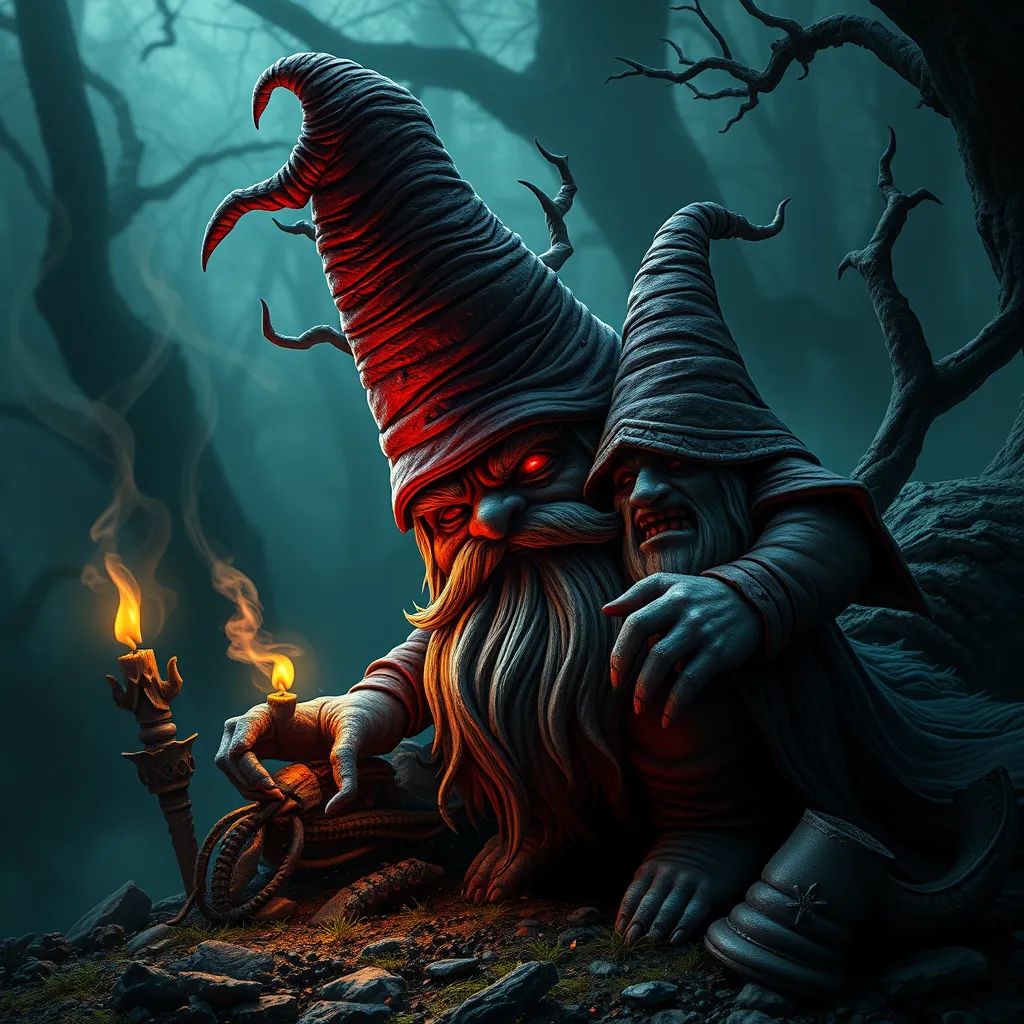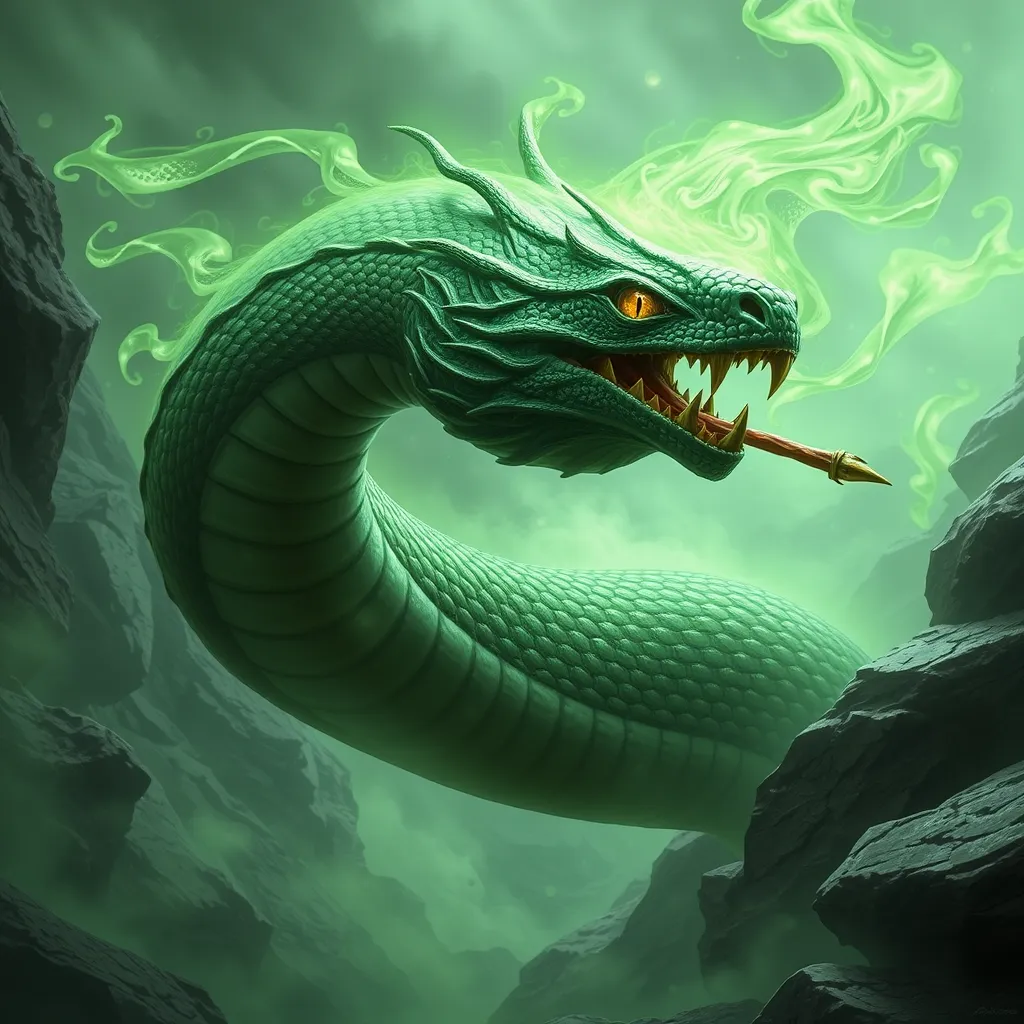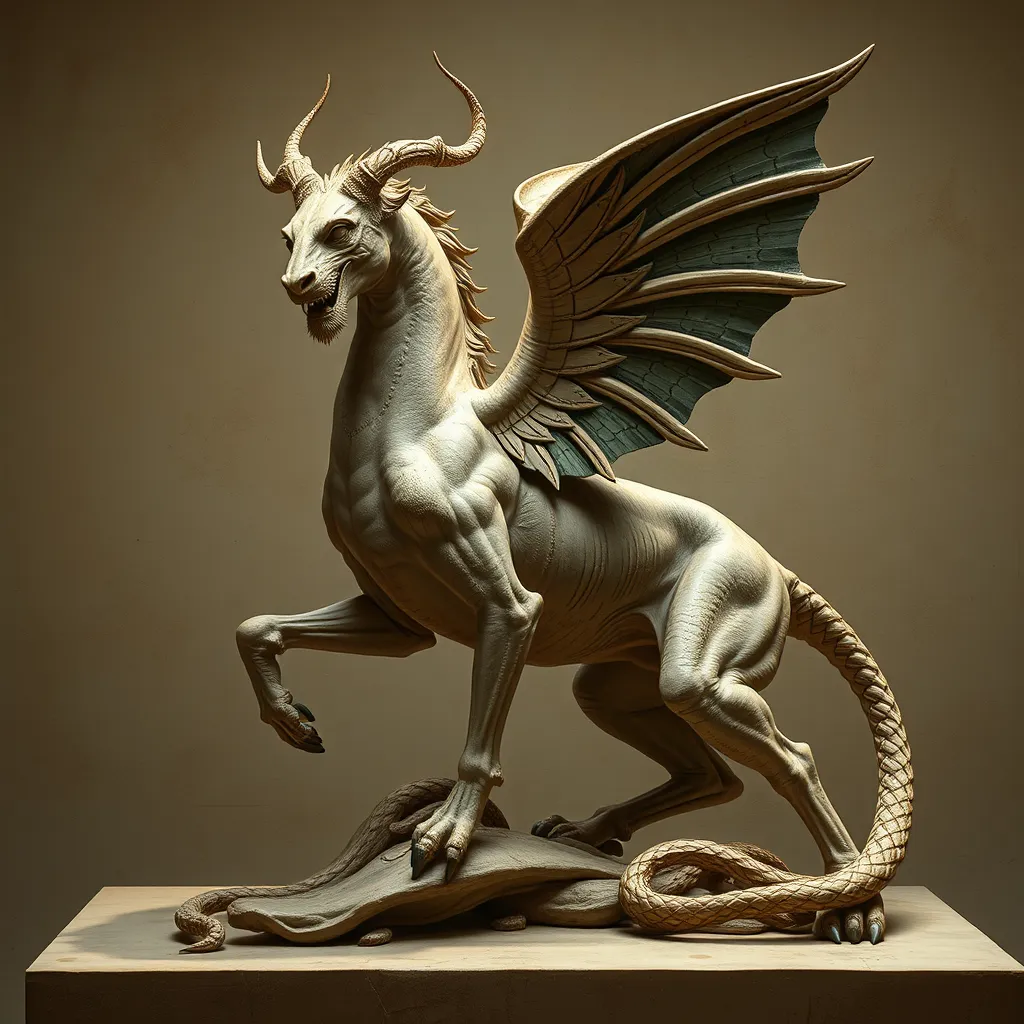The Dark Side of Gnome Folklore: Legends of Evil Spirits and Demonic Forces
I. Introduction
Gnome folklore, steeped in rich cultural significance, is a fascinating aspect of European mythology. Traditionally depicted as small, benevolent creatures who guard the earth and its treasures, gnomes have captured the imagination of many. However, beneath this seemingly innocent facade lies a duality that reveals a darker side, showcasing gnomes not only as protectors but also as malevolent forces.
This article aims to delve into the darker aspects of gnome legends, exploring the malevolent dimensions of these mystical beings. By examining the historical context, dual portrayals, and the psychological impact of these legends, we can better understand the complexities of gnome folklore.
II. Historical Context of Gnome Folklore
The origins of gnome mythology can be traced back to various European traditions, particularly in regions like Germany and Scandinavia. Initially, gnomes were associated with the earth, often described as guardians of minerals and treasures hidden beneath the ground.
Over time, the characteristics of gnomes evolved. While they began as earthy, wise beings, their portrayal shifted, influenced by cultural narratives and societal changes. In ancient agricultural societies, gnomes played a significant role, symbolizing fertility and the spirit of the land.
III. The Duality of Gnomes: Protectors vs. Tricksters
Gnomes are often portrayed in a positive light in folklore. They are seen as protectors of nature, ensuring bountiful harvests and safeguarding animals. However, this benevolence is counterbalanced by their reputation as tricksters, capable of mischief and cunning.
- Positive Portrayals: Gnomes as guardians of the earth, helping farmers and keeping the soil fertile.
- Trickster Emergence: As stories evolved, gnomes began to be depicted engaging in mischievous acts, playing pranks on unsuspecting humans.
Case studies from various cultures reveal the trickster nature of gnomes:
- In German folklore, gnomes known as “Erdmännchen” are depicted as playful spirits who enjoy leading travelers astray.
- Scandinavian tales often feature gnomes that steal from humans or hide their belongings, testing their cleverness.
IV. Legends of Evil Spirits Associated with Gnomes
While many gnome legends paint them as benevolent beings, a subset of folklore presents malevolent gnome legends. These stories often describe gnomes transforming into evil spirits, instilling fear in those who encounter them.
Notable stories from various cultures include:
- The tale of a gnome who, upon being wronged, curses a village, bringing drought and famine.
- A story where a gnome lures children into the woods, only to reveal a darker intention.
Cultural interpretations of these transformations vary, but they generally reflect societal fears of the unknown and the consequences of angering these mystical beings.
V. Demonic Forces in Gnome Folklore
There are intriguing connections between gnomes and demonic entities in folklore. Some tales suggest that gnomes serve dark powers or are bound to malevolent forces, acting as intermediaries between the human world and the supernatural.
Specific tales illustrate these connections:
- In certain legends, gnomes are portrayed as guardians of cursed treasures, leading to disastrous consequences for those who seek them.
- Some narratives depict gnomes as servants of demons, carrying out their dark wishes in exchange for power or immortality.
The symbolism of gnomes as guardians of hidden treasures underscores the duality of their nature, representing both the allure and danger of the unknown.
VI. The Psychological Impact of Dark Gnome Legends
The fear and superstition surrounding gnome folklore can have profound psychological effects. These tales often serve as cautionary stories, instilling a sense of respect for nature and the supernatural.
Children, in particular, are influenced by these legends, shaping their perceptions of the world around them. Dark gnome stories can evoke fear, but they also ignite curiosity and imagination.
Modern adaptations of gnome folklore in literature and media often downplay the darker aspects, presenting gnomes in a more whimsical light. Nonetheless, the lingering impact of these legends continues to shape society’s view of gnomes.
VII. Comparisons with Other Folkloric Creatures
The duality of gnome folklore shares similarities with other supernatural beings in various cultures. Just as gnomes can be both protectors and tricksters, other folkloric creatures embody similar dualities.
For example:
- Fairies: Often depicted as benevolent, fairies can also have a dark side, leading humans to misfortune.
- Goblins: Known for their malevolence, goblins often parallel gnomes in their trickster roles.
This universal theme of duality in folklore emphasizes the complexity of human fears and hopes reflected in mythological narratives across cultures.
VIII. Conclusion
In conclusion, the darker aspects of gnome folklore reveal a rich tapestry of cultural narratives that explore themes of duality, fear, and the supernatural. While gnomes are often seen as benevolent guardians, their malevolent counterparts serve as a reminder of the complexities inherent in folklore.
As we reflect on these legends, it is essential to consider their ongoing relevance in contemporary culture. By approaching folklore with a critical lens, we can better understand the intricacies of these tales and their implications for our understanding of the world.



